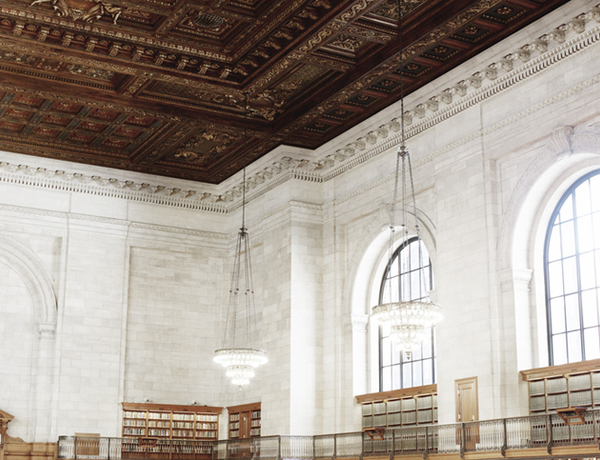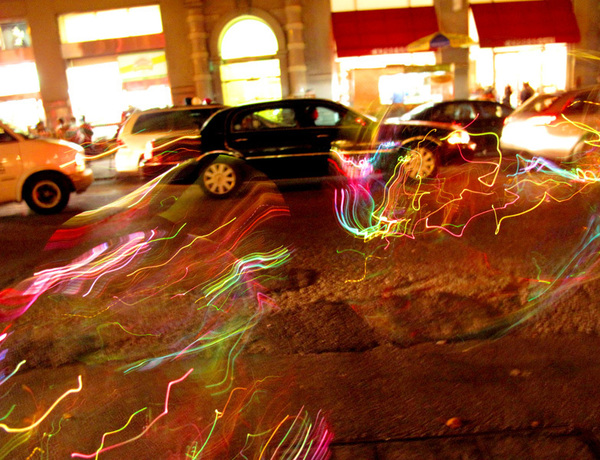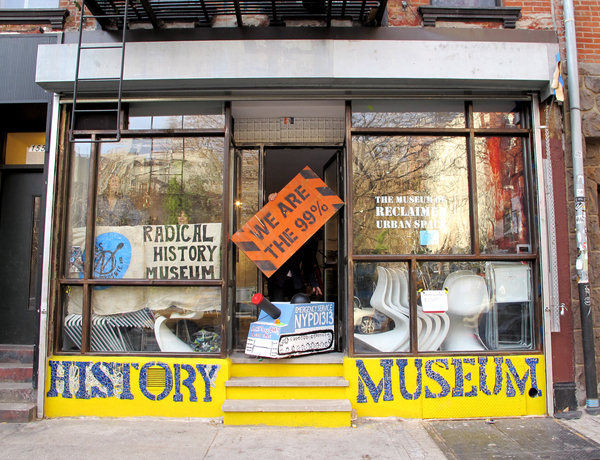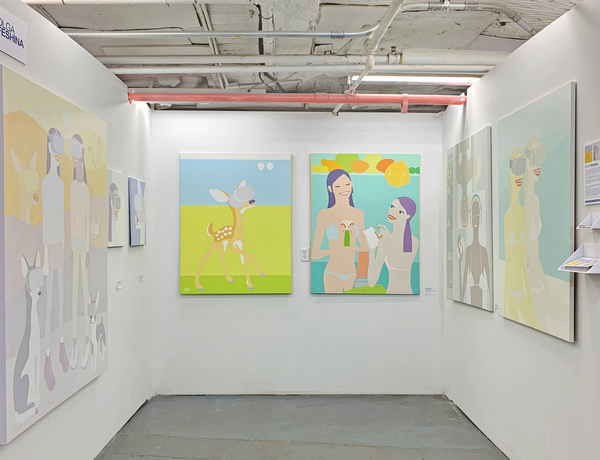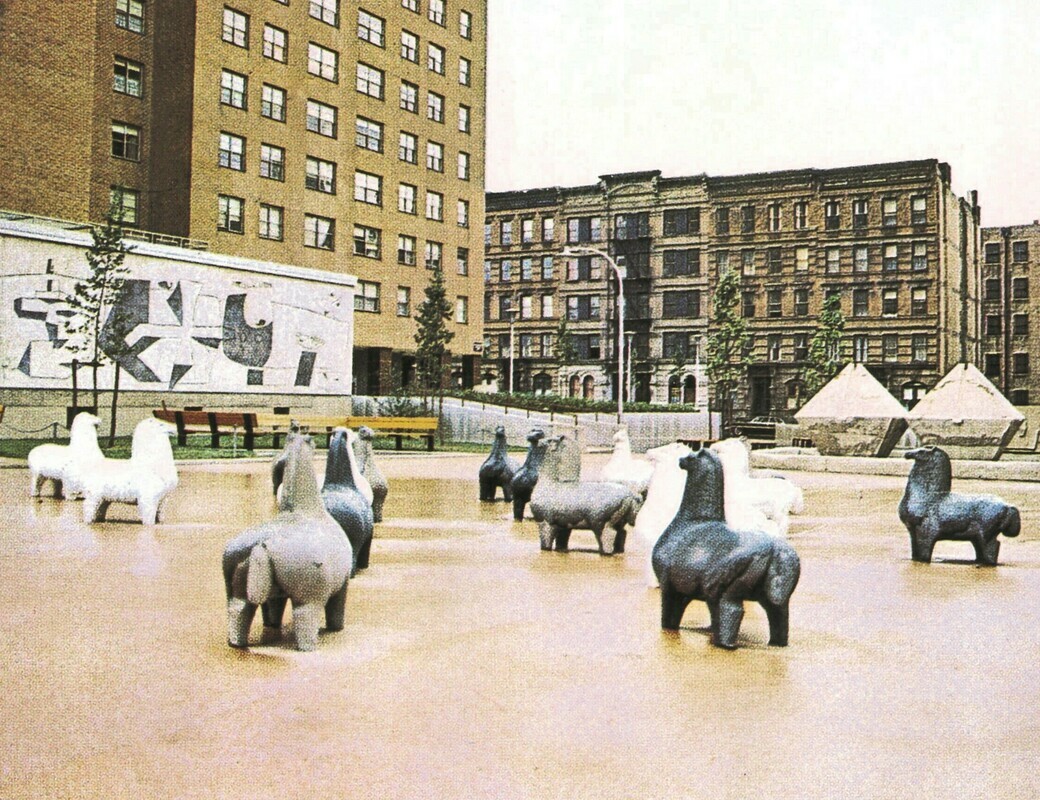
In 1963, the Italian-born sculptor Costantino Nivola filled a playground that covers an entire city block with avant-garde abstractions. In the middle of an Upper Manhattan housing project, there are cuboid cutouts sculpted in cement, a fountain made with two diamond-shaped boulders, concrete play horses, and a sand-casted relief carved high into a wall. In the northeast corner, a matriarchal figure known as “The Nanny” rises from the ground.
The artist’s sculptures were built in an era when urban development incorporated art in its effort to uplift communities and express democratic ideals. “A work designed for a public space is less a work of art than a civic act,” Nivola once said. “It concerns the ways in which we live together, and in which we influence each other.”

